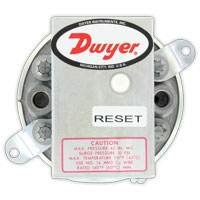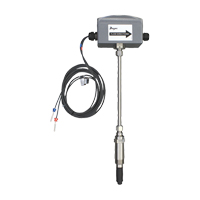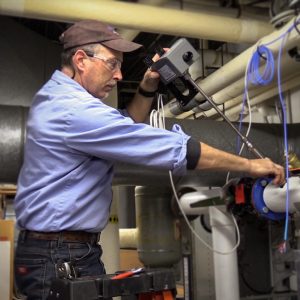 There are a wide variety of technologies that can be used for fluid flow measurement, such as differential pressure, paddlewheel, electromagnetic, and ultrasonic. Furthermore, each technology has multiple installation configurations. It is important to understand the nuances of different technologies and installations in order to pick the right flowmeter for your application.
There are a wide variety of technologies that can be used for fluid flow measurement, such as differential pressure, paddlewheel, electromagnetic, and ultrasonic. Furthermore, each technology has multiple installation configurations. It is important to understand the nuances of different technologies and installations in order to pick the right flowmeter for your application.
When purchasing a flowmeter for an HVAC application, such as boiler feed water monitoring or chilled/condenser water monitoring, we found that our customers value the ability to hot-tap (or pressure tap) a pipe to install an insertion flowmeter. This is done by installing an isolation valve in a pipe, allowing an insertion flowmeter to be placed into and removed from a live system without having to drain it. Draining a system is time consuming, costly, and generally not a good option for HVAC systems in buildings because it requires the entire system to be shut down. Permanently installing a hot-tap valve followed by an insertion flowmeter (with hot-tap capability) is an ideal alternative to a costly inline meter.
When considering an insertion flowmeter for an HVAC application, there are four key sources of error to be aware of: Continue reading “How the Dwyer Series IEF and IEFB Overcome Typical Sources of Error”
 is a union training center that represents nearly 2,700 union-trained steamfitters and are affiliated with the United Association of Journeymen and Apprentices of the Plumbing and Pipefitting Industry of the United States and Canada.
is a union training center that represents nearly 2,700 union-trained steamfitters and are affiliated with the United Association of Journeymen and Apprentices of the Plumbing and Pipefitting Industry of the United States and Canada.
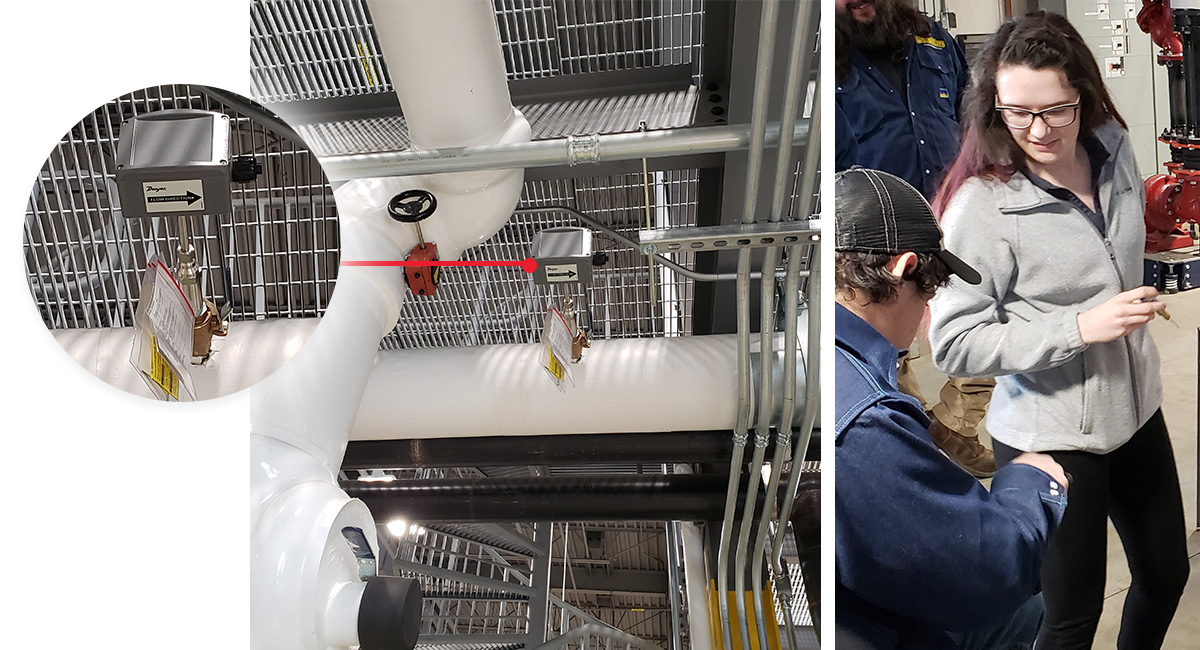

 We recently met with Aaron, a customer working on a project in West Virginia who needed to replace pressure transmitters on water transfer pump skids.
We recently met with Aaron, a customer working on a project in West Virginia who needed to replace pressure transmitters on water transfer pump skids.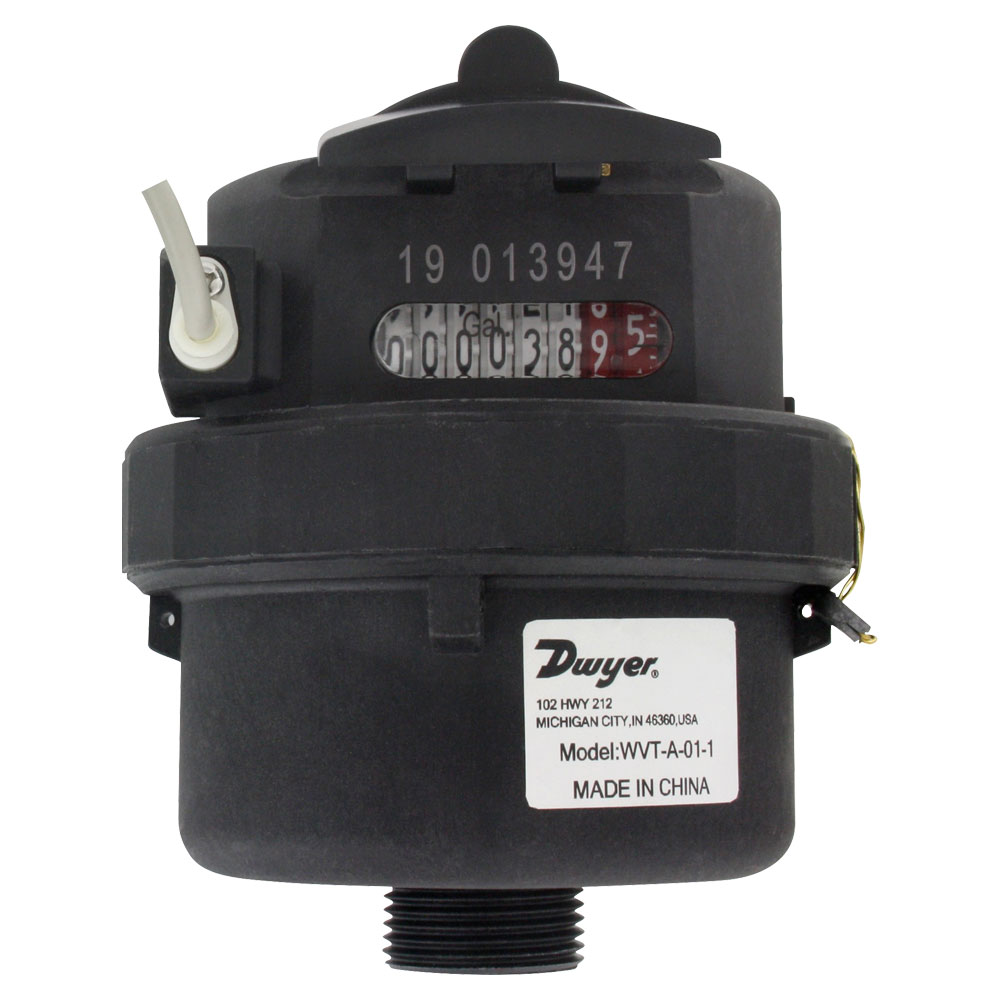
 If you’re looking to purchase a new water meter, it can be hard to discern what type of meter you should pick. There are many things to consider, from the body material to the outputs to whether any approvals are required. One of the most important considerations for selecting a meter for your application is how the meter will be installed, as certain technologies can limit the meter’s installation orientation. For example, multi-jet meters measure flow by generating multiple jets of water against an impeller in an internal chamber. As the impeller rotates, the flow is totalized on the meter face. In order to meet the stated accuracy, multi-jet meters must be installed horizontally. If a multi-jet meter is installed vertically, the impeller will not rotate correctly and the readings will not meet the stated accuracy specification.
If you’re looking to purchase a new water meter, it can be hard to discern what type of meter you should pick. There are many things to consider, from the body material to the outputs to whether any approvals are required. One of the most important considerations for selecting a meter for your application is how the meter will be installed, as certain technologies can limit the meter’s installation orientation. For example, multi-jet meters measure flow by generating multiple jets of water against an impeller in an internal chamber. As the impeller rotates, the flow is totalized on the meter face. In order to meet the stated accuracy, multi-jet meters must be installed horizontally. If a multi-jet meter is installed vertically, the impeller will not rotate correctly and the readings will not meet the stated accuracy specification. 
